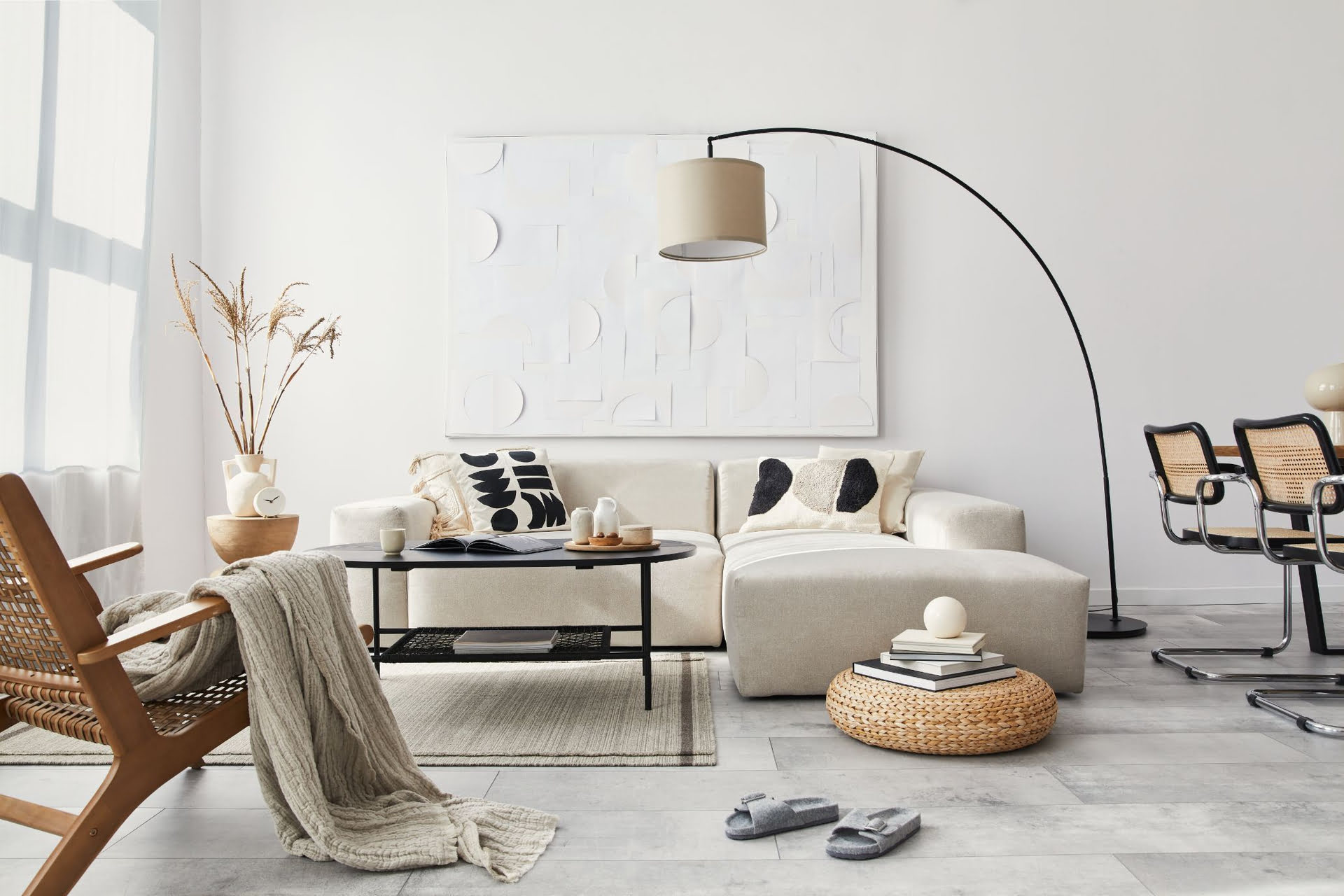

Articles
How Tall Should A Living Room Lamp Be
Modified: January 18, 2024
Discover the ideal height for a living room lamp with our informative articles. Find out how to choose the perfect size to enhance your space.
(Many of the links in this article redirect to a specific reviewed product. Your purchase of these products through affiliate links helps to generate commission for Storables.com, at no extra cost. Learn more)
Introduction
When it comes to designing and decorating your living room, lighting plays a crucial role in creating the right ambiance and mood. And one of the key elements of lighting is choosing the right height for your living room lamps. Many factors come into play when determining the ideal lamp height, such as the size of the room, the furniture arrangement, and the overall aesthetic you want to achieve. In this article, we will explore the different factors to consider when choosing the height of a living room lamp and provide some guidelines to help you make the best decision for your space.
Choosing the right height for your living room lamp is important for both functionality and aesthetics. A well-placed lamp can provide the perfect amount of light, whether you’re reading a book, entertaining guests, or simply relaxing in your living room. Additionally, the height of the lamp can have a significant impact on the overall visual balance and proportion of the room.
In the following sections, we will dive into the various factors you should consider when determining the height of your living room lamps. We’ll discuss average lamp heights, how to match lamp height with furniture, and how to balance the lamp height with the room’s size and ceiling height. We’ll also explore the proportional height for table lamps and how to adjust the lamp height for different activities.
By the end of this article, you’ll have a comprehensive understanding of the key considerations when choosing the height of a living room lamp, enabling you to create a visually pleasing and functional lighting setup in your living space.
Key Takeaways:
- Choose living room lamp height based on furniture, room size, and ceiling height for balanced aesthetics and functionality. Consider adjustability for different activities to optimize lighting.
- Table lamps should keep the bottom of the lampshade at eye level for comfortable reading. Balance lamp height with room size and ceiling height for a visually appealing living room.
Read more: How Many Lamps Should Be In A Living Room
Factors to Consider when Choosing the Height of a Living Room Lamp
Choosing the right height for your living room lamp requires careful consideration of several factors. Here are some key elements to keep in mind:
- Furniture Height: One important factor to consider is the height of the furniture surrounding the lamp. If you plan to place the lamp on a side table or console, the lamp’s height should be proportional to the height of the furniture. A general rule of thumb is that the bottom of the lampshade should be at eye level when you are seated next to it.
- Room Size: The size of the room plays a role in determining the lamp height. In a larger living room, taller lamps can help fill the vertical space and create a more dramatic effect. However, in a small or cozy room, shorter lamps may be more suitable to maintain a balanced look.
- Ceiling Height: Consider the height of your room’s ceiling when choosing the lamp height. If you have high ceilings, taller lamps can help draw attention to the verticality of the space. On the other hand, if your ceiling is low, choosing shorter lamps can prevent the room from feeling cramped.
- Lampshade Size and Shape: The size and shape of the lampshade can also impact the overall height and visual appeal of the lamp. A larger lampshade may require a taller lamp to maintain balance, while a smaller lampshade can work well with a shorter lamp.
- Lamp Style: Consider the style of the lamp when determining its height. Modern or minimalist lamps tend to have sleek and slender profiles, while traditional lamps may be wider and taller. The style of the lamp should complement the overall decor and aesthetic of the room.
- Functionality: Think about how you plan to use the lamp. If it will primarily be used for reading or tasks that require focused lighting, a taller lamp with an adjustable arm or swivel head may be more practical. However, if the lamp is mainly for ambient or decorative purposes, a shorter lamp can suffice.
By taking into account these factors, you can make an informed decision about the height of your living room lamp that enhances both the functionality and aesthetics of your space.
Average Heights for Living Room Lamps
While the height of a living room lamp ultimately depends on personal preference and the specific factors mentioned earlier, there are some general guidelines to consider. Here are the average heights for different types of living room lamps:
- Table Lamps: The average height for a table lamp ranges from 24 to 30 inches. This height typically works well on bedside tables, side tables, or console tables. Remember to consider the height of the table when choosing the lamp to maintain visual balance.
- Floor Lamps: Floor lamps are versatile and can add a dramatic touch to your living room. The average height for floor lamps ranges from 58 to 64 inches. This height allows the light to shine over seating areas or provide ambient lighting to the room.
- Desk Lamps: If you have a dedicated workspace or study area in your living room, a desk lamp can be a practical addition. The average height for desk lamps is around 16 to 20 inches. This height ensures that the light falls directly on the work surface without causing glare.
- Task Lamps: Task lamps are designed to provide focused lighting for specific activities, such as reading or crafting. The average height for task lamps ranges from 20 to 24 inches. This height allows for adjustable arms or heads to direct the light where it is needed most.
It’s essential to note that these average heights are guidelines, and you should consider the specific factors in your living room when choosing the lamp height. Keep in mind the furniture height, room size, and ceiling height to maintain a harmonious and balanced look.
Remember, these are just starting points, and you can always adjust the height slightly based on your personal preference and the unique characteristics of your living room. Trust your eye and experiment to find the perfect height for your living room lamps.
Matching Lamp Height with Furniture
Matching the height of your living room lamps with the furniture they are placed on is essential for creating a cohesive and balanced look. Here are some tips for ensuring the lamp height complements the furniture:
- Side Tables: If you plan to place a lamp on a side table, the bottom of the lampshade should be at eye level when you are seated next to it. This ensures that the light is directed at the right height for reading or tasks. Generally, the lamp height for a side table should be around 24 to 30 inches.
- Console Tables: For lamps placed on console tables, the height can vary depending on the size and placement of the table. As a general rule, choose lamps that are around 30 to 36 inches tall to create a visually appealing arrangement.
- Bedside Tables: When choosing lamps for bedside tables, consider the height of your bed and the size of your nightstands. The bottom of the lampshade should be about 20 to 30 inches above the mattress. This ensures easy access to the light switch and prevents the lamp from overpowering the bedside table.
In addition to matching the height with the furniture, be mindful of the lampshade size. A proportionate lampshade can further enhance the overall look. If in doubt, remember that the lampshade should be wide enough to cover the lightbulb but not extend beyond the edges of the table or nightstand.
By ensuring that the lamp height harmonizes with the furniture, you can create a visually pleasing and functional lighting arrangement in your living room.
A general rule of thumb is that a living room lamp should be around 58-64 inches tall, including the lampshade. This height allows for optimal lighting and prevents the lamp from overpowering the space.
Balancing Lamp Height with Room Size and Ceiling Height
When choosing the height of your living room lamps, it’s important to consider the size of the room and the height of the ceiling to achieve a balanced and harmonious look. Here are some tips for balancing lamp height with room size and ceiling height:
- Room Size: In a larger living room, taller lamps can help fill the vertical space and create a more dramatic effect. If you have high ceilings, consider lamps that are around 32 to 36 inches tall for a grander look. On the other hand, in a smaller or cozy room, shorter lamps can help maintain a balanced and proportionate appearance. Lamps in the height range of 24 to 30 inches work well in compact living rooms.
- Ceiling Height: The height of your room’s ceiling also plays a significant role in determining the lamp height. If you have high ceilings, taller lamps can help draw attention to the height and create a sense of verticality. Opt for lamps that are around 30 to 36 inches tall to take advantage of the ample height. However, if your ceiling is lower, choosing shorter lamps can prevent the room from feeling cramped. Lamps in the height range of 24 to 28 inches can work well in rooms with lower ceilings.
Remember, these are guidelines, and you can always make adjustments based on your personal preference and the specific characteristics of your living room. It’s essential to assess the overall proportions and visual balance of the space when choosing the lamp height.
Additionally, consider other elements in the room, such as the height of furniture and the presence of other decorative accessories. Aim for a cohesive and harmonious arrangement where the lamp height complements the overall design scheme of your living room.
By striking the right balance between lamp height, room size, and ceiling height, you can create a visually appealing and well-proportioned living room space that feels comfortable and inviting.
Read more: How Tall Should A Table Lamp Be
Proportional Height for Table Lamps
Table lamps are a popular choice for adding both functionality and style to your living room. To ensure a visually appealing and proportionate look, it’s important to consider the proportional height of the table lamp. Here are some guidelines to help you determine the right height for your table lamps:
- Table Height: The height of the table on which you plan to place the lamp is an essential factor to consider. As a general rule, the bottom of the lampshade should be at eye level when you are seated next to it. This allows for comfortable reading or task lighting. If your table is taller, consider taller lamps in the range of 26 to 30 inches. For lower tables, shorter lamps in the range of 20 to 24 inches can maintain proportionality.
- Lampshade Size: In addition to the lamp height, consider the size of the lampshade to maintain proportionality. The width of the lampshade should be roughly two-thirds the height of the lamp base. A well-proportioned lampshade creates balance and ensures that the lamp doesn’t appear top-heavy or too small for the room.
- Room Size: Take into account the size of the room when choosing the height of your table lamps. In a larger living room, you can opt for taller lamps to create a more commanding presence. This can range from 26 to 30 inches in height. In a smaller or more intimate space, shorter lamps in the range of 20 to 24 inches can maintain a balanced look without overwhelming the room.
- Style and Aesthetic: Consider the style and aesthetic of your living room when choosing the height of your table lamps. Modern or contemporary spaces may benefit from sleek and taller lamps, while traditional or vintage-inspired rooms may call for shorter lamps with more decorative bases. The lamp height should align with the overall design scheme and contribute to the desired ambiance of the room.
These guidelines can serve as a starting point, but it’s important to trust your own eye and instinct when choosing the height of your table lamps. Experiment with different heights and styles to find the perfect balance for your living room. Remember, harmony and proportionality are key to creating a visually pleasing and cohesive space.
Adjusting Lamp Height for Different Activities
While choosing the right height for your living room lamp is crucial for creating a balanced and visually pleasing atmosphere, it’s also important to consider the adjustability of the lamp for different activities. Here are some tips for adjusting the lamp height based on specific tasks or activities:
- Reading: If you enjoy reading in your living room, it’s important to have a lamp that provides adequate lighting. For reading purposes, adjust the lamp height so that the bottom of the lampshade is slightly above eye level when you are seated. This helps to eliminate glare and shadows on the pages of your book or e-reader. Consider lamps with adjustable arms or swivel heads, as they allow you to direct the light precisely where you need it.
- Entertaining: When entertaining guests in your living room, you may want to create a warm and inviting ambiance. In this case, adjust the height of your lamps to a level that provides soft, diffused lighting. This can contribute to a relaxed and comfortable atmosphere, perfect for conversations and socializing. Dimmer switches can be a great addition, as they allow you to adjust the brightness according to the mood of the gathering.
- Ambient Lighting: For general ambient lighting in your living room, adjust the height of your lamps to create an overall warm and cozy glow. Depending on the height of the lamps and their placement, you can achieve a soft and diffused lighting effect that adds depth and dimension to the room. Experiment with different lamp heights and placement options to find the perfect balance.
- Task-specific Lighting: If you have specific tasks or activities that require focused lighting, consider adjustable lamps that can be easily positioned and angled. For example, if you have a workstation or a study area in your living room, adjust the height and angle of the lamp to provide ample light on the task at hand. This ensures maximum productivity and reduces eye strain.
Remember, the adjustability of the lamp height plays a vital role in optimizing lighting for different activities in your living room. By adapting the height to meet your specific needs, you can create a functional and versatile lighting setup that enhances your overall living experience.
Conclusion
Choosing the right height for your living room lamps is an important aspect of creating a well-designed and functional space. By considering factors such as furniture height, room size, and ceiling height, you can ensure that your lamps are proportionate and visually appealing. Matching the lamp height with the furniture provides balance and harmony, while adjusting the height for different activities allows for optimal lighting functionality.
When it comes to table lamps, keeping the bottom of the lampshade at eye level when seated next to it ensures comfortable reading and task lighting. Floor lamps can add drama to your living room, while desk lamps and task lamps serve specific purposes. The size and shape of the lampshade also contribute to the overall aesthetics, so be mindful of proportionality.
Additionally, the size of the room and the height of the ceiling should be considered when choosing lamp height. Taller lamps can create a grander effect in larger spaces with high ceilings, while shorter lamps prevent smaller rooms or spaces with lower ceilings from feeling cramped. It’s important to strike a balance that complements the room’s size and ceiling height.
Adjustability is key for different activities. Whether you’re reading, entertaining, or simply creating ambient lighting, being able to adjust the lamp height and brightness level enhances the versatility and functionality of your living room lighting setup. Dimmer switches and lamps with adjustable arms or swivel heads can provide the flexibility you need for various tasks and moods.
In conclusion, choosing the right height for your living room lamps involves considering a variety of factors, including furniture height, room size, ceiling height, and adjustability. By finding the perfect balance and proportion, your lamps will not only provide the right amount of light for different activities but also enhance the overall visual appeal and ambiance of your living room.
So, take the time to assess your living room’s specific characteristics and your personal preferences to determine the ideal height for your lamps. With careful consideration and attention to detail, you can create a comfortable, stylish, and well-lit living room that meets all your lighting needs.
Frequently Asked Questions about How Tall Should A Living Room Lamp Be
Was this page helpful?
At Storables.com, we guarantee accurate and reliable information. Our content, validated by Expert Board Contributors, is crafted following stringent Editorial Policies. We're committed to providing you with well-researched, expert-backed insights for all your informational needs.
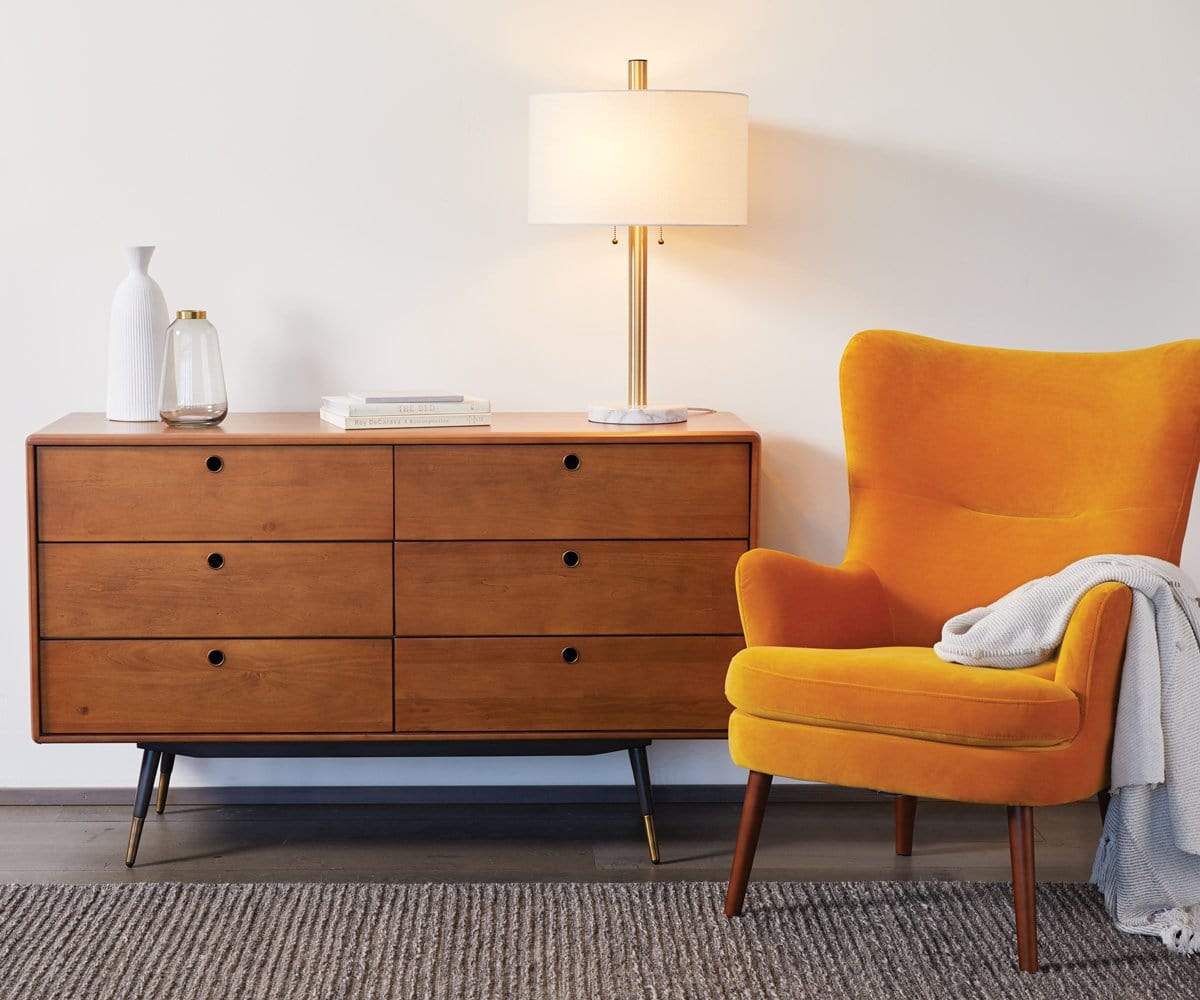
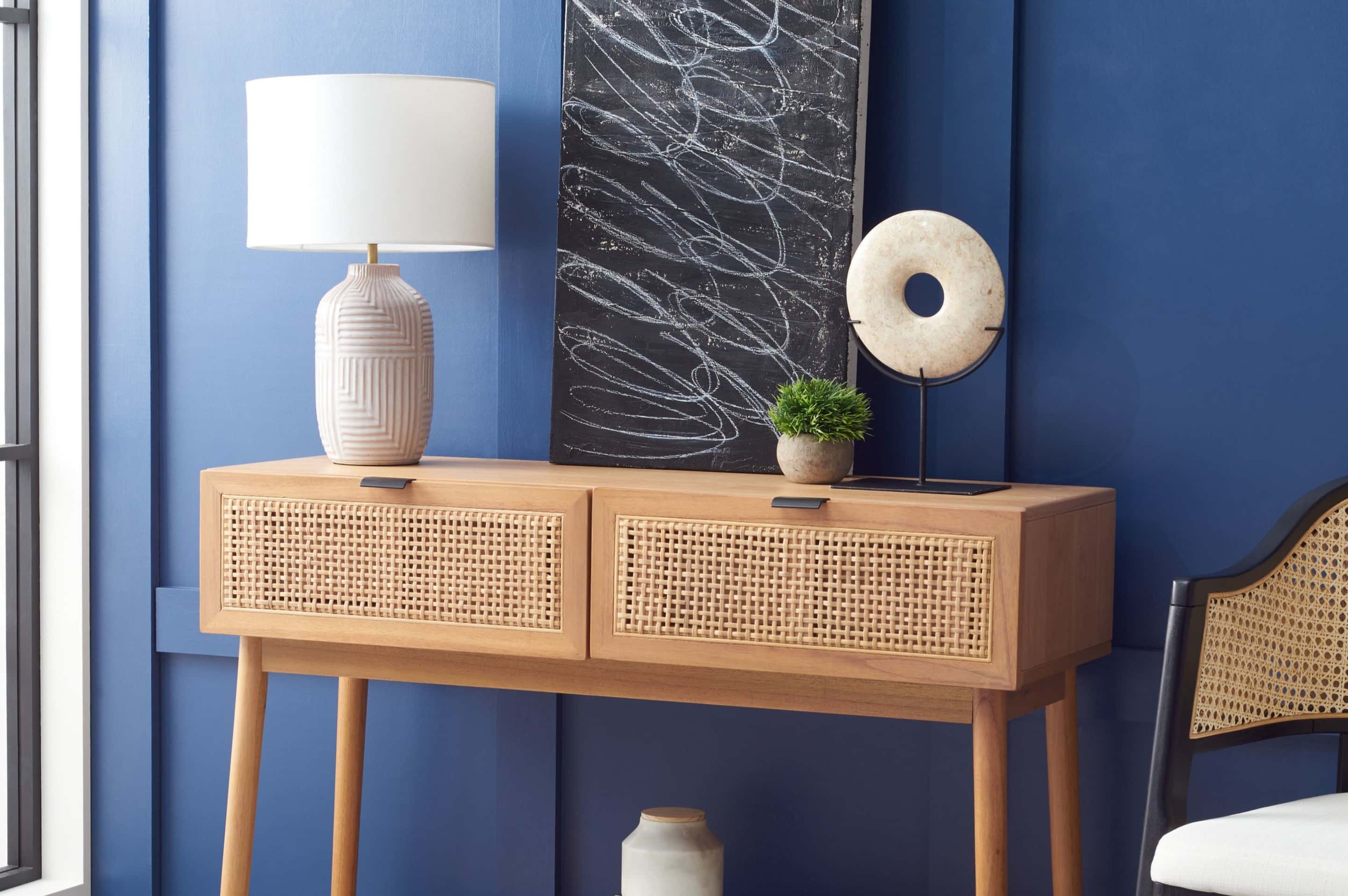
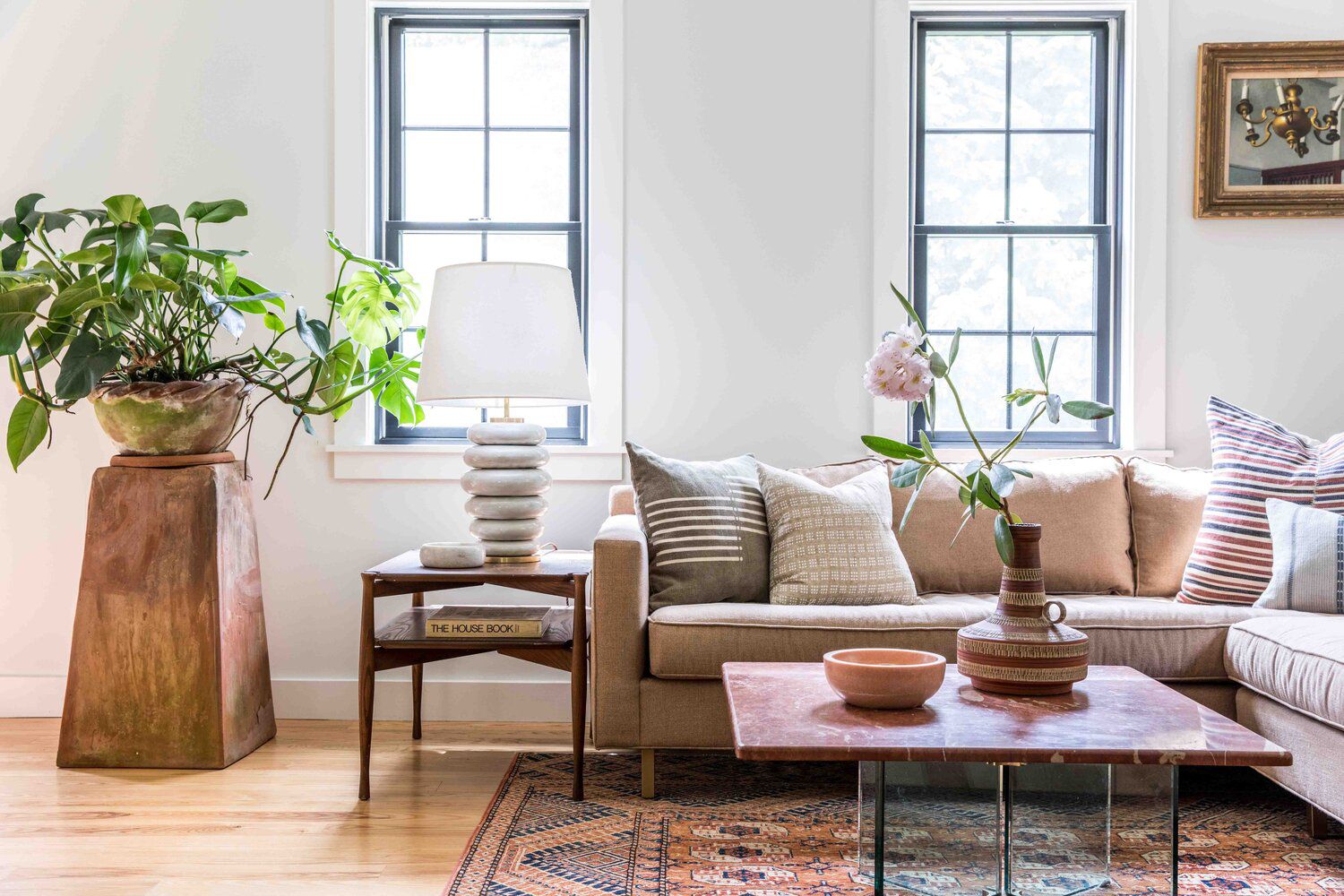
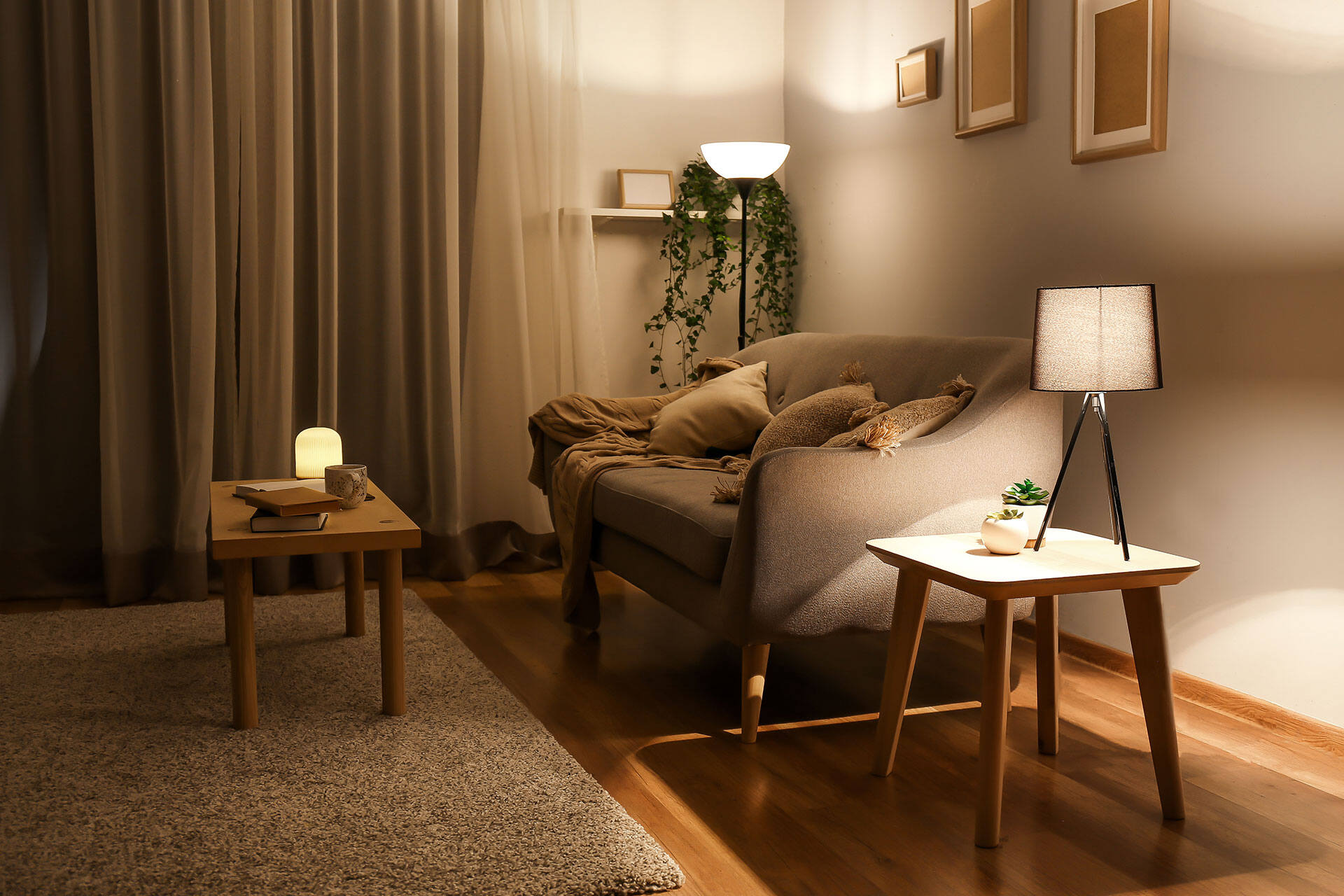

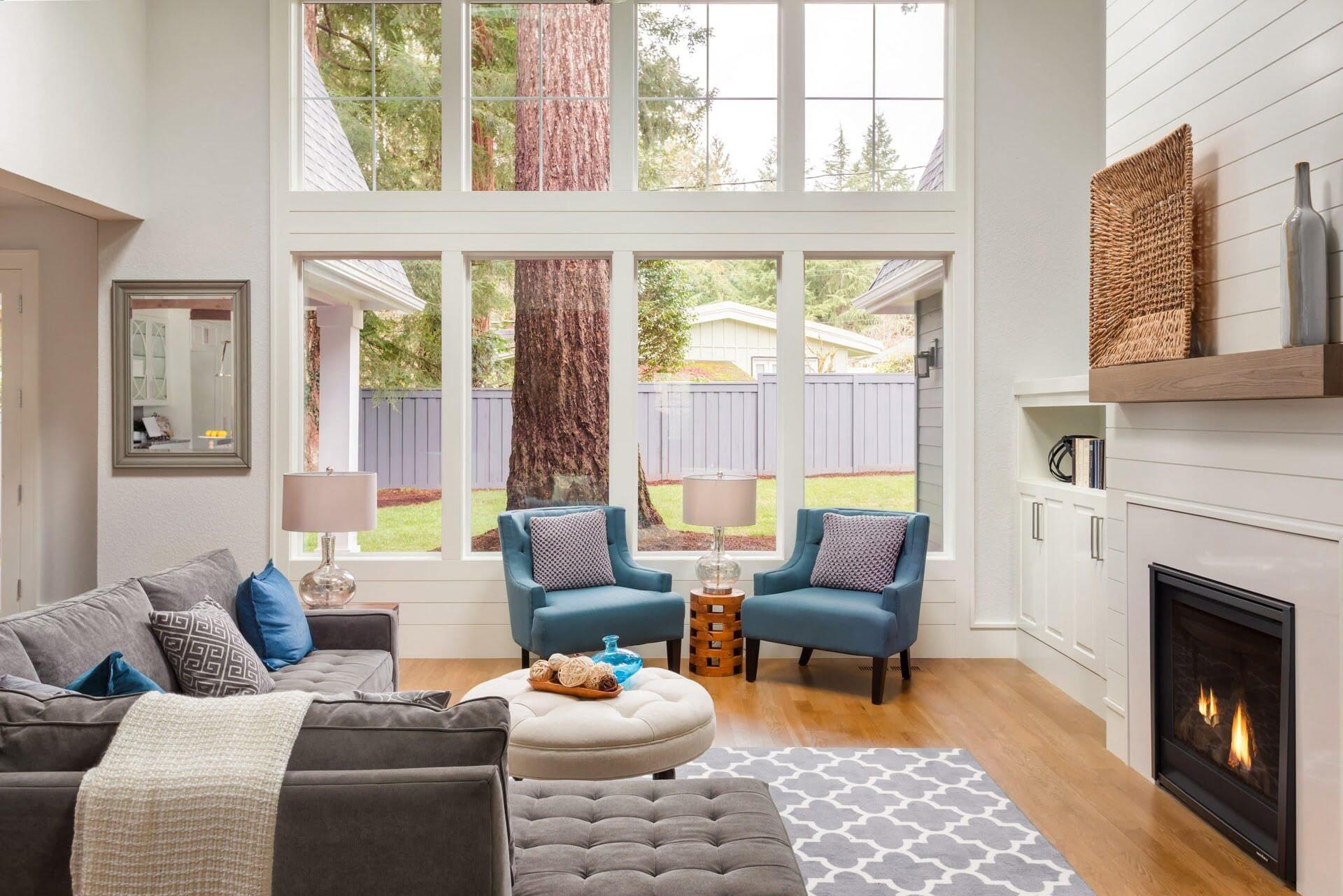
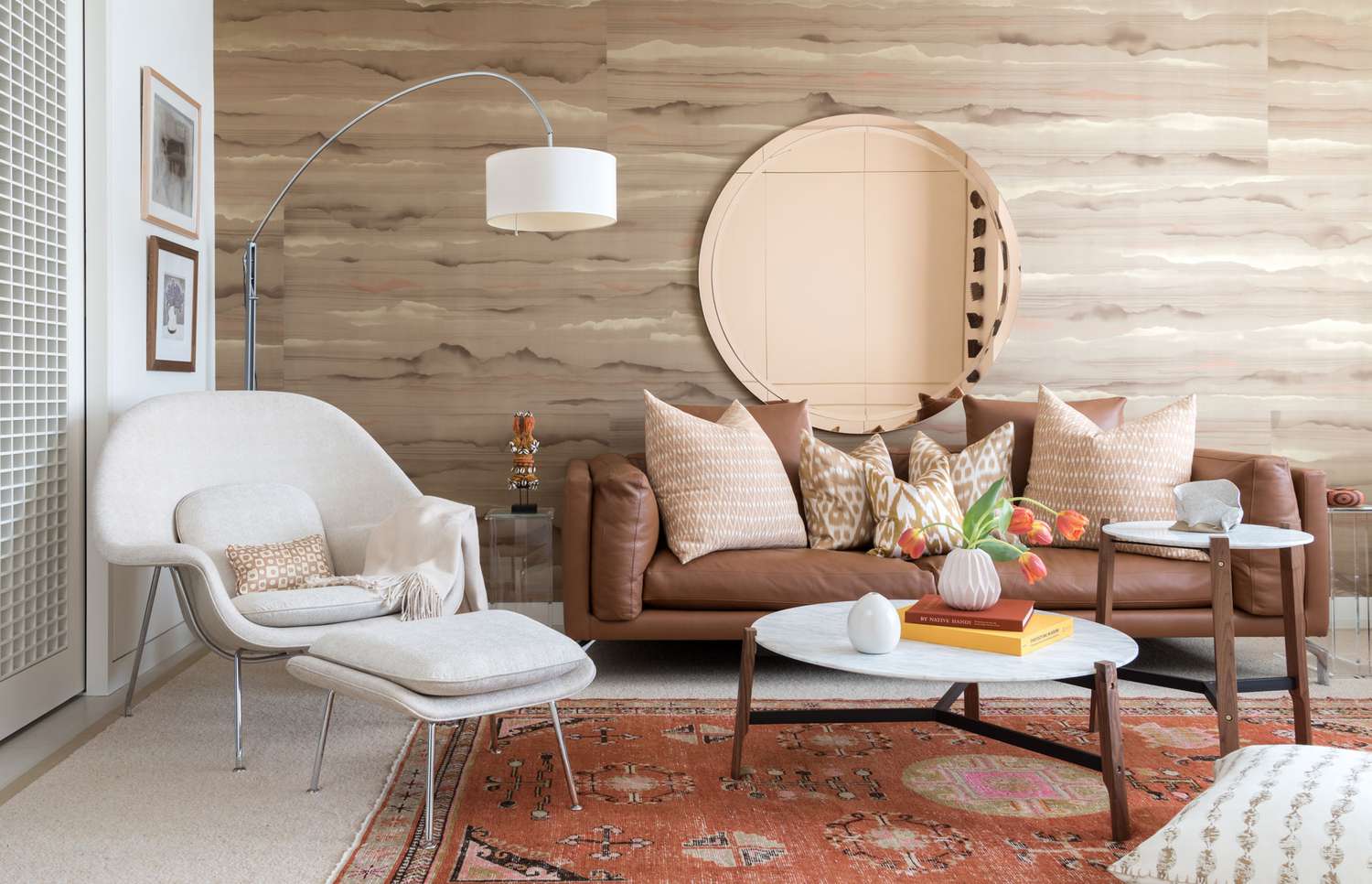

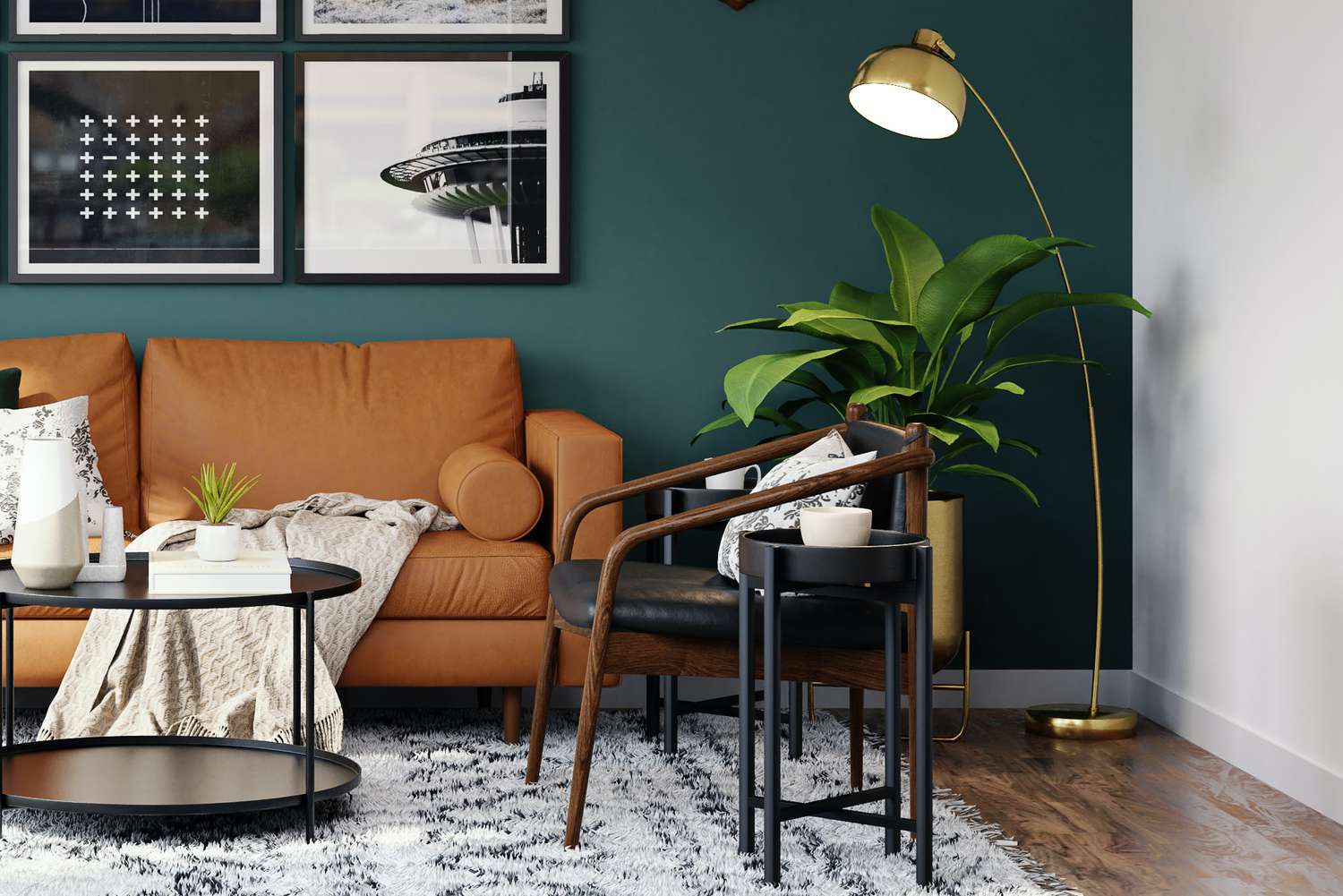
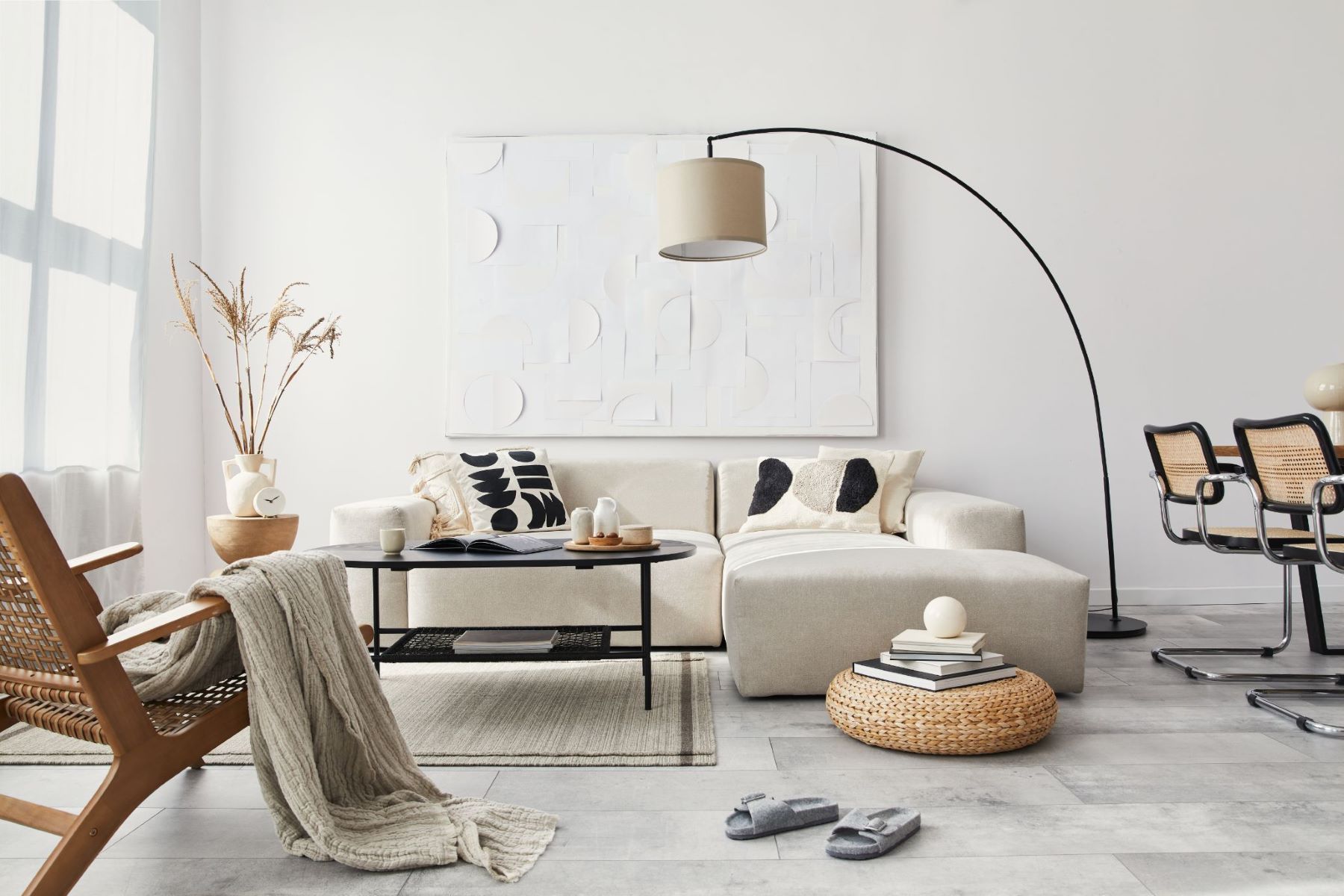
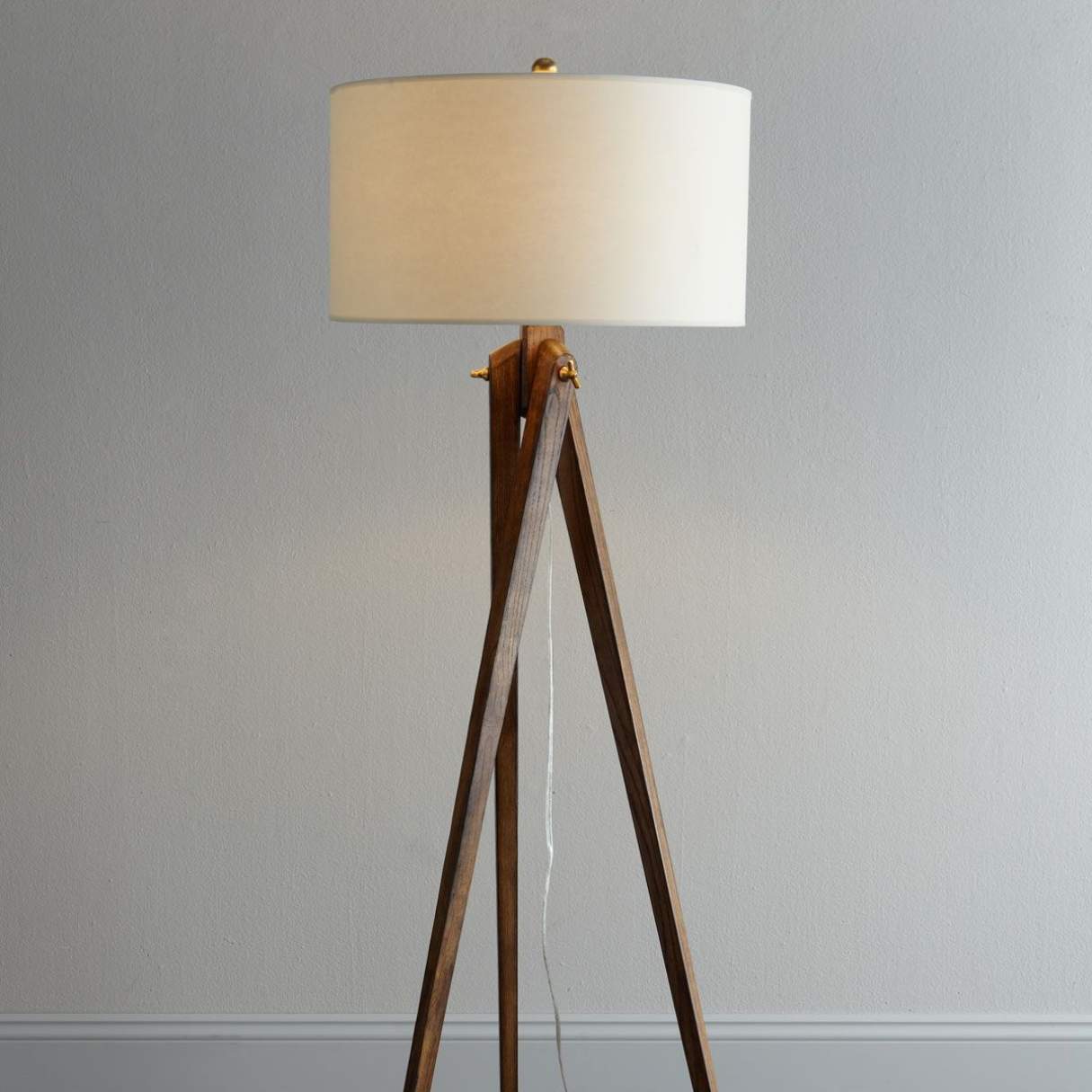

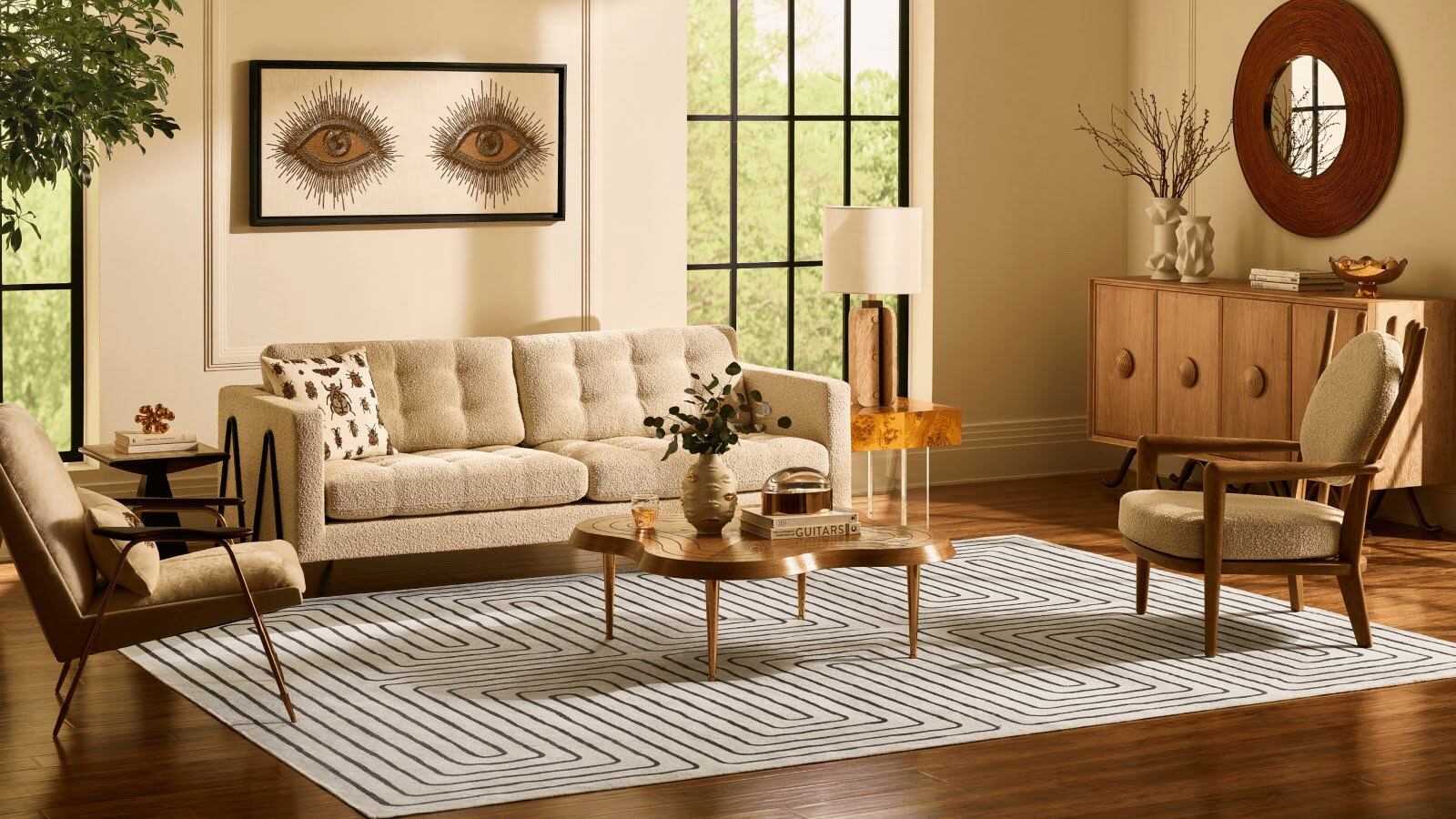
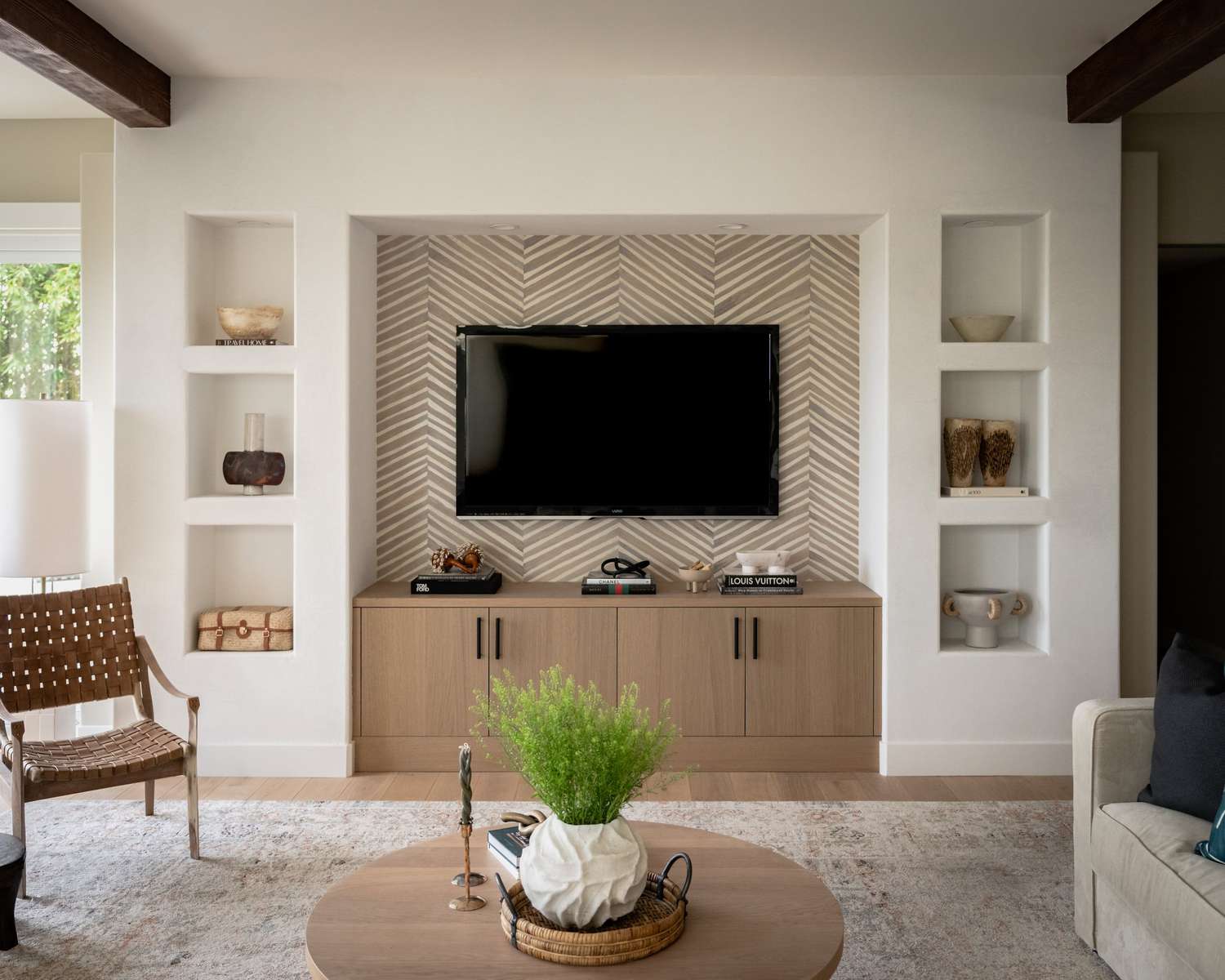

0 thoughts on “How Tall Should A Living Room Lamp Be”